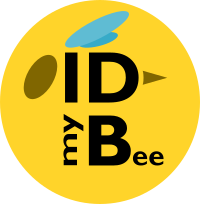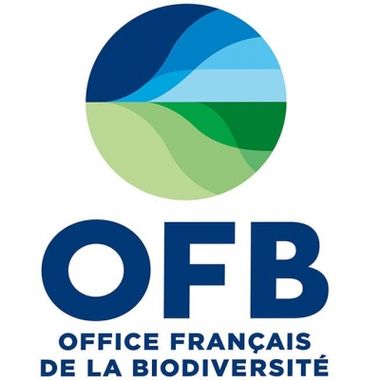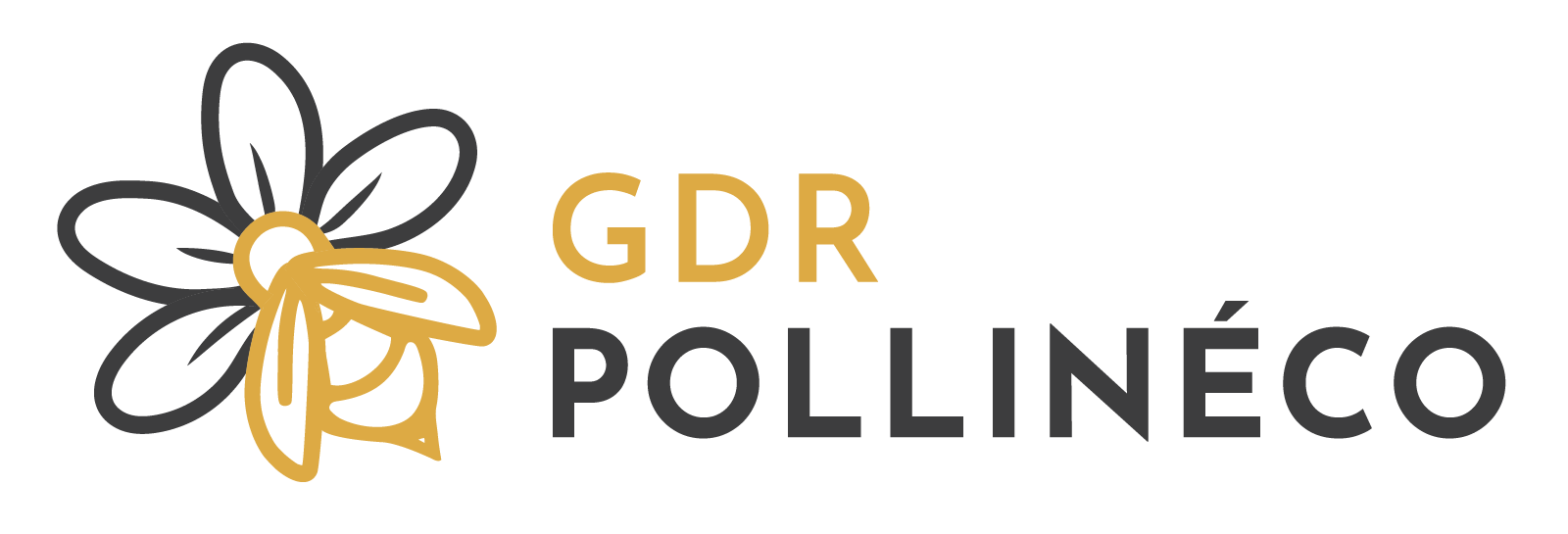What is 'IDmyBee' ?
IDmyBee is designed as a collaborative project of bee taxonomists and specialists to promote the diffusion of knowledge about wild bee diversity.
With more than 2 000 species of wild bees in Europe, identifying a bee can quickly become an overwhelming task. Some bee species can be identified pretty much by anyone with the right tools. For others, it is not possible to assign a species name, or even a genus name without a careful examination, comparison with reference specimens, or even an expert's eye. This platform will help you navigate through the tremendous diversity of wild bees. Its goal is to let you estimate whether you can assign your specimen to a genus or a species with confidence and, if you can, what to look for to do so. |
How does it work?
Check out our tutorial here!
You can start by identifying the genus using the 'IDmyBee - Genera' tool. |
DISCLAIMER
IDmyBee is a free platform, managed by researchers and amators on a voluntary basis. It is a tool to help identification and should not be considered as sufficient to guarantee the identification of specimens. As such, it cannot be held accountable for identification mistakes made while using the platform. Comparison with reference specimens and discussion with specialists is highly recommended to obtain the most reliable identifications.
In addition, the project is still at its inception. The synthesis of the bee taxonomic knowledge and the development of identification tools is a huge work. It will require hundreds of hours of bibliographic work, natural history collection visits, specimen observation, macrophotography and drawing.
Unfortunately this work is currently poorly recognized in academia and by the funding agencies, so that only few researchers can dedicate a part of their time to this project. As such, IDmyBee may evolve slowly. We apologize in advance for this inconvenience and we hope that, even if the tools take time to develop, the platform will help you access the right sources of knowledge for your identifications.
IDmyBee is a free platform, managed by researchers and amators on a voluntary basis. It is a tool to help identification and should not be considered as sufficient to guarantee the identification of specimens. As such, it cannot be held accountable for identification mistakes made while using the platform. Comparison with reference specimens and discussion with specialists is highly recommended to obtain the most reliable identifications.
In addition, the project is still at its inception. The synthesis of the bee taxonomic knowledge and the development of identification tools is a huge work. It will require hundreds of hours of bibliographic work, natural history collection visits, specimen observation, macrophotography and drawing.
Unfortunately this work is currently poorly recognized in academia and by the funding agencies, so that only few researchers can dedicate a part of their time to this project. As such, IDmyBee may evolve slowly. We apologize in advance for this inconvenience and we hope that, even if the tools take time to develop, the platform will help you access the right sources of knowledge for your identifications.
How can you help?
Find out more about how you could contribute to IDmyBee here! |





